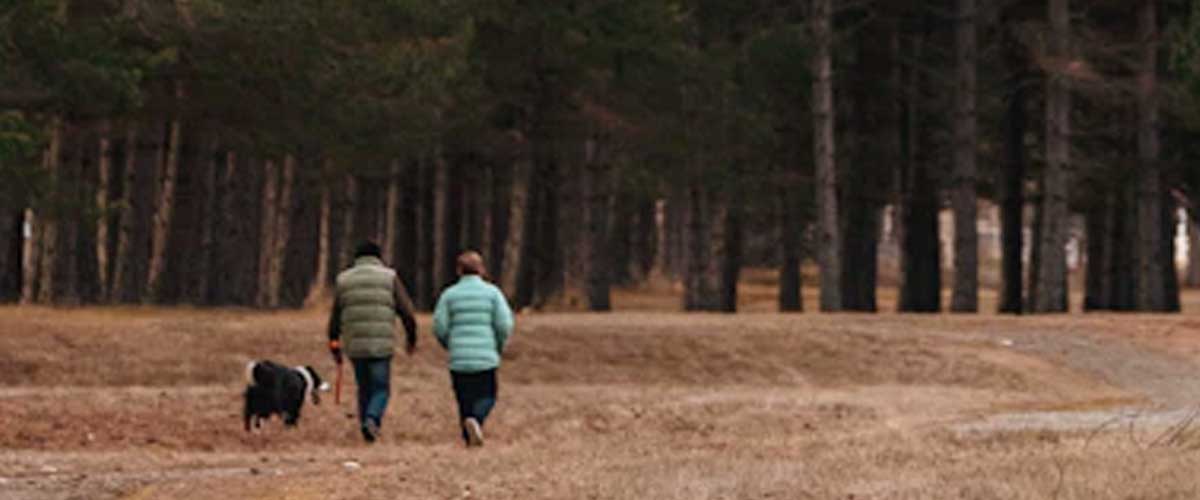In today’s fast-paced world, building connections with those living nearby can sometimes feel challenging.
However, if you’re a dog lover, there’s a perfect opportunity to link up with your neighbors while enjoying the great outdoors—starting a neighborhood dog walking club!
Not only does this initiative promote physical activity and mental well-being, but it also fosters community spirit and friendship.
Here’s how you can get started.
Step 1: Gather Interest
Before you jump into organizing a dog walking club, it’s essential to gauge interest among your neighbors.
A friendly chat with fellow dog owners during walks, at the local park, or at community events can serve as a great starting point.
You could also create a simple flyer to distribute in your neighborhood or post on community boards—or utilize social media platforms, neighborhood apps, or websites like Next door.
By asking who would be interested in joining a weekly dog walking group, you’ll discover who shares your enthusiasm!
Step 2: Decide on Logistics
Once you have a few interested neighbors, it’s time to iron out the logistics of the dog walking club.
Consider these key factors: –
Frequency and Duration:
Choose how often the group will meet. Weekly walks could be a great start, and deciding on a time that accommodates most members will make attendance easier.
Meeting Location:
Select a convenient starting point that’s accessible for everyone, whether it’s a local park, a community center, or a nearby schoolyard.
Route Planning:
Plan out potential routes that accommodate all sizes and energy levels of dogs, ensuring they’re safe and enjoyable.
You might consider varying the paths from week to week to keep the walks interesting.
Weather Considerations:
Decide how you’ll handle inclement weather.
Will the walks continue rain or shine, or will you postpone them?
Clear communication about such circumstances is crucial.
Step 3: Establish Ground Rules
To maintain a harmonious experience, it’s a good idea to set some basic guidelines for the club.
Discuss and agree upon rules regarding leash lengths, dog behavior, and how to manage interactions between different dogs.
You might also want to establish a rule for “meet and greet” before walks start, allowing dogs time to get comfortable with each other.
Encouraging responsible pet ownership, like cleaning up after dogs, will also foster a positive environment.
Step 4: Create a Welcoming Atmosphere
When the first walk rolls around, it’s important to create a welcoming atmosphere.
Consider hosting an inaugural meet-up where dog owners can socialize without the pressure of walking.
Snacks (for both humans and dogs) and name tags might help break the ice.
Encourage everyone to introduce themselves and their dogs, sharing a fun fact or story.
This helps build a stronger sense of community from the get-go.
Step 5: Engage in Activities
To keep the dog walking club vibrant, consider integrating new activities.
For instance, you could organize themed walks (like Halloween costume walks) or educational sessions where dog trainers or veterinarians can provide insights on dog care.
Social events like dog-friendly picnics can further strengthen bonds within the group.
Offering incentives like “dog walker of the month” awards could also add a fun element.
Step 6: Utilize Technology
A group chat on platforms like WhatsApp or Facebook can serve as an excellent tool to share walking schedules, route updates, and to keep everyone connected.
It’s also a great space for members to share tips, post pictures from walks, or ask for dog-sitting recommendations.
Step 7: Build Longevity
As your club begins to flourish, consider ways to ensure its longevity.
Rotate leadership roles to encourage more members to take an active part, and regularly seek feedback to improve the experience.
Celebrate milestones, such as anniversaries or seasonal changes, which can provide opportunities to enjoy fun gatherings beyond the walks themselves.
Conclusion
Starting a neighborhood dog walking club can lead to meaningful connections and foster a sense of community.
With a bit of organization and enthusiasm, you’ll not only promote healthy activities for both dogs and owners but create lasting friendships.
So grab those leashes, rally your neighbors, and embark on the adventure of a more connected community!








